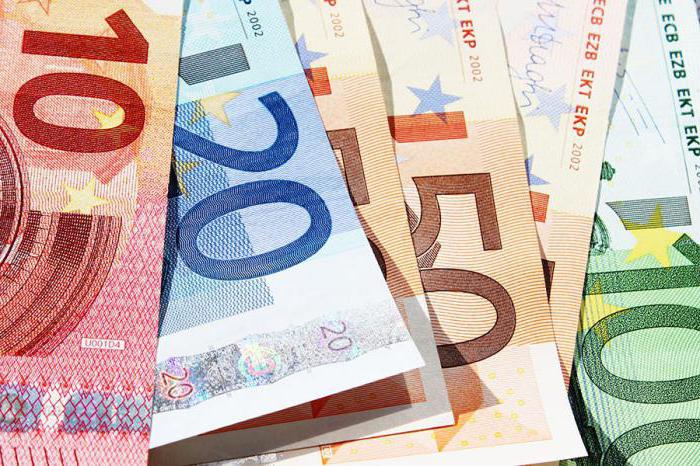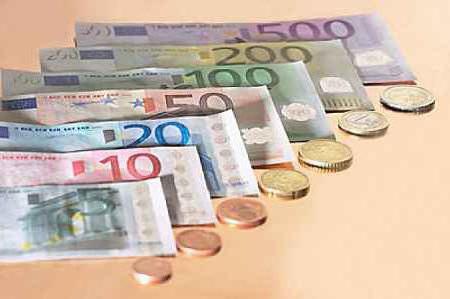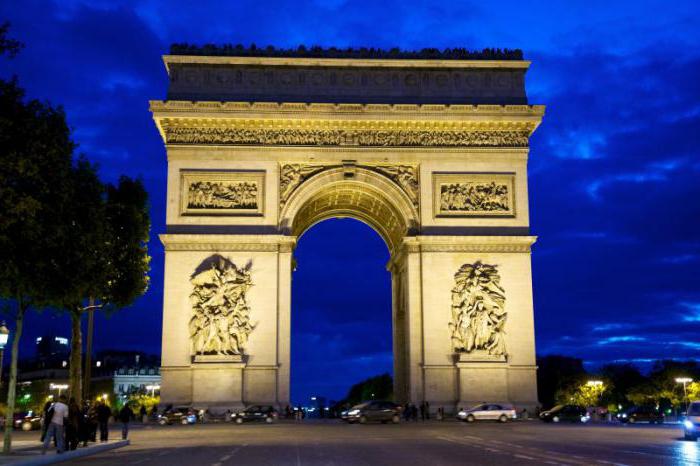Absolutely any state on our planet has its own national monetary unit. Regardless of its name and course to other currencies of the world, it is the subject of pride of the people and government. Banknotes very often depict prominent figures who have contributed to the education and development of their nation. We will consider what the current currency of France is, its development path and features.
Brief historical background
Before we find out which currency is the main currency in the French Republic today, let's get acquainted with its predecessor. So, the currency of France before switching to the euro is the French franc.

In the XIV-XVII centuries, it was a gold coin, and already from April 7, 1795 it became the main monetary unit of the French. Together with the franc, the decimal principle of accounting was adopted. It means that one franc was equal to 10 desimes or 100 centimes. The ratio of gold and silver for the franc Germinal was 1: 15.5.
This currency was completely withdrawn from circulation on February 17, 2002. But up to this point, she managed to enter the elite of the world gold and foreign exchange reserves. Frank occupied 1.6% of all these reserves. Only the American dollar, the German mark, the Japanese yen and the British pound could get ahead of him.
Our days
The modern national currency of France is the euro. In everyday life there are banknotes, the face value of which is 5, 10, 20, 50, 100, 200 and 500. Coins - cents (1, 2, 5, 10, 20, 50) are also used for calculations.

All money, or rather its issue in the country, is controlled and regulated by the Central Bank.
Appearance
With what currency in France goes now, we figured out. Now it is worth paying attention to its design.
It should be said that euro banknotes per se are the same for all countries of the European Union. But coins have differences or, more correctly, differ in their national side.
In practice, three types of coin design are used. Small coins have an image in the form of a portrait of Marianne, who is a symbol of the French Republic. Coins of a slightly larger denomination have the image of a sower migrated from the franc. As for coins in denominations of 1 or 2 euros, they are minted with the motto Liberte, Egalite, Fraternite, that is, “Freedom, equality, fraternity”.
Exchange
The currency of France may be in the hands of a person who has fallen into this European country if he uses the services of exchange offices or bank branches. I would like to note right away that the course at the airport, at resorts or other places of mass crowded tourists will be slightly reduced and not very beneficial for the guest of the republic. Therefore, it is better to go on vacation or on a business trip with cash already in your pocket or on a bank card.
Some useful tips
Remember an important point - banknotes with a nominal value of 500 euros in stores and restaurants are practically not accepted for payment. In this regard, it is better to exchange such money in advance at the bank in order to avoid difficulties in the future.

If the French currency is on your credit card, it greatly simplifies the process of paying for services or goods. Cards are accepted almost everywhere. However, when buying something for a large amount, you may be required to obtain a passport or other identification card. As for the countryside or small shops, here they still prefer to pay in cash.
For those who plan to make purchases, it will not be superfluous to know: shopping in one store or other retail outlet in the amount of at least 185 euros gives the right to a tax refund on value added.Money is returned to the tourist immediately at the moment of crossing the border. For this, the pilgrim should present to the customs officers the purchased goods and the check.
Interesting fact
The current currency of France has several levels of protection. But it is especially worth noting the fact that, first of all, the creators paid attention to the number on the banknote. In particular, there is such a way of verifying the authenticity of the bill, which consists in the following: it is necessary to add all the digits of the number and add to it the number of the letter assigned to France in the Eurozone in the Latin alphabet. After this, the numbers of the resulting number should be added together. Ultimately, it should be 8. If this figure was not received, then this indicates that the bill is false.

Despite some differences that exist between euro banknotes of different EU countries, there is a common one, manifested in the unity of theme and color.
For example, 5 euros - a gray banknote containing a classic or antique plot. A 10 euro bill is issued in red and has a Romanesque design style. Blue color and medieval Gothic style are typical for 20 euros. If the banknote in front of you is orange in color and has drawings of the Renaissance, then it is 50 euros. 100 euros are made in green and contain images of the Rococo and Baroque times. 200 euros are issued in light brown color. 500 euros are purple.